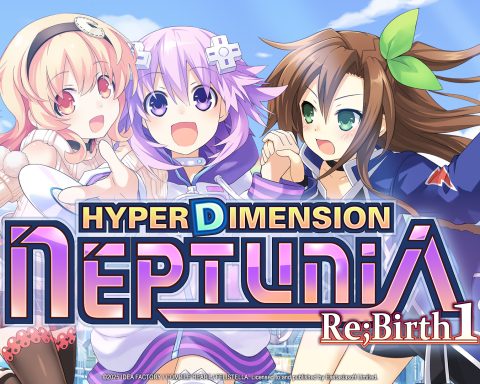Alice: Madness Returns is one of the more artistic games that I’ve played in recent years. The graphical vision is truly a sight to behold. And as an extra bonus, retail copies of Alice come with a free download code for the original American McGee’s Alice – in glorious HD, no less, which means series fans can take a trip down memory lane, and series newcomers can see where it all started (this applies to both PlayStation 3 and Xbox 360 versions of the game, but it’s the PS3 version that’s reviewed here).
 |
| That rabbit still creeps me out |
It’s also possible to pay a small amount of money to download the game from the PlayStation Network, so the question is – is it worth paying for, is it good for a budget download, or is it not even worth the bandwidth as a free title? Well, it’s still the genuine work of creativity that has informed the modern game in many integral ways, but it’s also becoming really difficult to appreciate in itself in the modern era, based on a few incredibly archaic conventions.
Namely, the combat in American McGee’s Alice sucks, and the platforming controls fair only slightly better. Alice slips and slides all over the place, and slight taps on the Dual Shock controller can easily send her flying down some deep abyss. Fighting the game’s (albeit creative) enemies is also an exercise in frustration, as the depth perception is a nightmare to figure out, and while Alice’s ranged arsenal helps get through much of the conflicts, her melee weapons are difficult to work with at best. The main problem is the lack of a lock on – a complaint common to most platformers of the time, but one that renders this game very difficult to resolve by modern standards.
Of course, this game wasn’t initially built for consoles, which is part of the reason that it controls in a much more clunky fashion than Alice: Madness Returns. But console gamers are not going to appreciate that – what they’ll see is a game not optimized well for the PlayStation.
The plot pacing also reminds you quickly that this is a 10-year-old game. The introduction is pure, demented genius but, after that, the game literally flies by, with minimal plot explanation, and big gaps left amongst the snappy pace – it’s disappointing that the narrative opportunities that a game like this opens up are not properly realized.
 |
| In terms of art direction, this game is still a classic |
It’s a pity because visually American McGee’s Alice still holds up. It’s simple, with big blocky characters and tight environments, but it’s still creative, even artistic. Alice’s journey is still one through madness, and you’ll still come through it with a whole new appreciation for the Lewis Carroll original novel. I will say though that I am disappointed that in bringing the game to the console there wasn’t a bigger effort put into modernising the visuals. Beyond Good and Evil HD makes this look like a very lazy effort by comparison.
So it’s fair to say that American McGee’s Alice has aged poorly, but at the same time, it has a charm that’s impossible to ignore. It’s a dark, grim charm, but Alice remains compelling. As a free extra, it’s an excellent prequel to the new “main game.” I suspect, though, if you’re not interested in Madness Returns then the original isn’t going to offer much to make it an essential download.
For pure nostalgia value, though, if you do have fond memories of this game, then it’s good to play though it again – both to re-experience the striking vision that made this one of the more memorable games of the era, and to see how far even the most basic modern games have come from a playability perspective.







